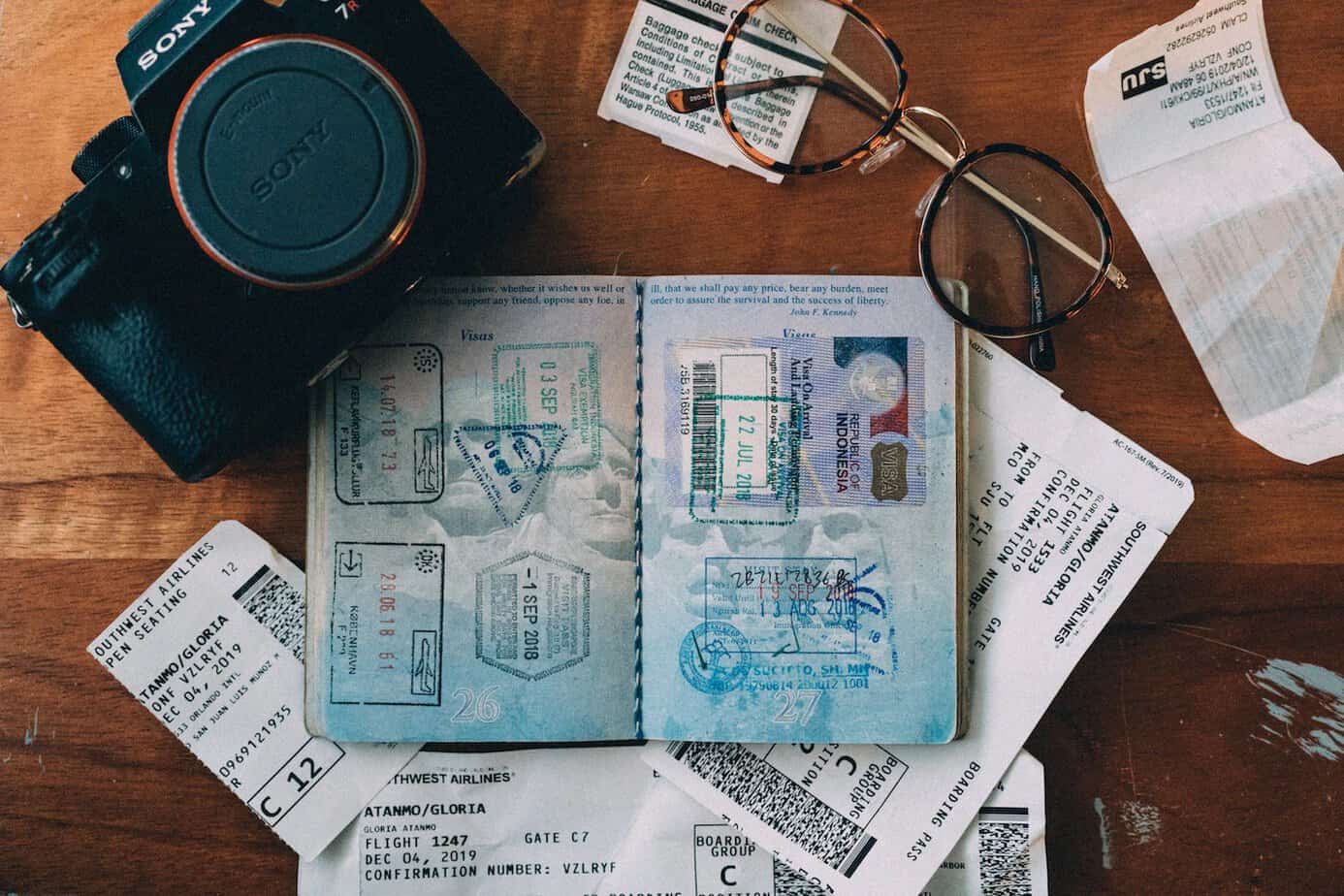Germany—the Land of Poets and Thinkers—is not only home to world-renowned composers like Beethoven, Bach, Brahms, Schumann, and Wagner. It is also well-loved by tourists for its stunning sceneries and landscapes, serene rolling hills, picturesque meadows dotted with grazing cattle, quaint medieval villages, rich culture, and hearty, scrumptious German cuisine, among others. If you want a cornucopia of unique experiences rolled into one great adventure, you definitely have to put Germany at the top of your travel bucket list.
Traveling to Germany for the first time could be a daunting and thrilling experience. At the same time, it can also be overwhelming and intimidating if you absolutely know nothing about the country you’re visiting. For such reasons, it will be helpful to book a Germany guided tour to make sure everything is already taken care of for you so that the trip will go effortlessly smooth sailing. If you are unsure where to begin for your preparations, this ultimate travel guide to successfully exploring Germany is an excellent starting point!
The Basics You Should Know
First things first, here are the basic things you should know about Germany before hopping on that plane:
Requirements for Entry for US Citizens
Germany is a Schengen country, which means that tourists from the allied 27 European countries don’t need to present a passport to gain entry to Germany. With little to no border control at their mutual borders, tourists from the other Schengen countries can seamlessly cross borders into their neighboring countries, including Germany.
Now, if you’re from the US, you would need to present a passport to be allowed entry in Germany. This U.S. passport must be valid for at least 90 days beyond the intended departure date from the Schengen area.
Budget Allocation
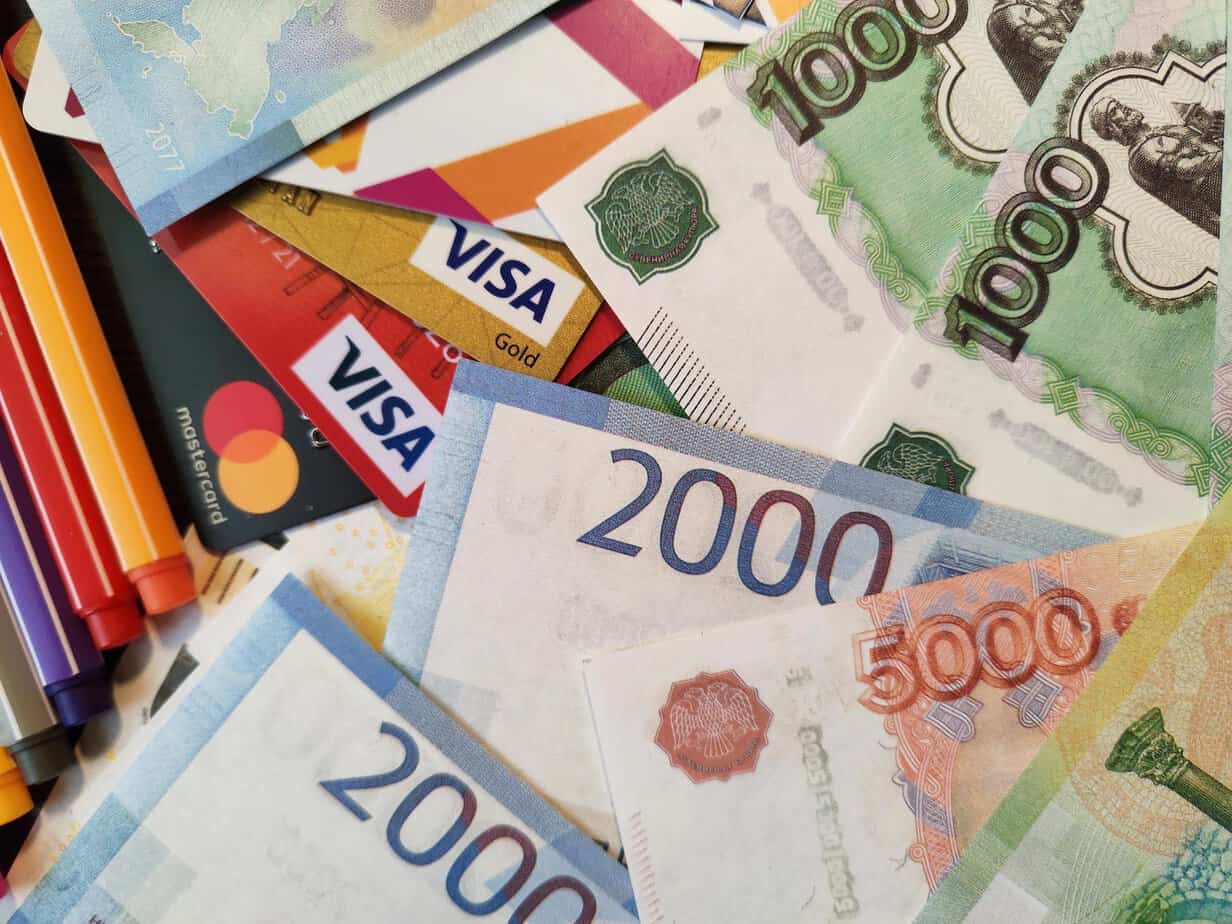
The prices of lodging and commodities in Germany are definitely cheaper than in the US, so you would find that most things are affordable here. If you are an average spender, expect to shell out $55 to $90 per day on accommodation, food, and transportation. Meanwhile, mid-range travelers may have to spend around $110 to $160 per day, and luxury spenders may have to shell out $200 or more daily.
The Best Time to Visit Germany
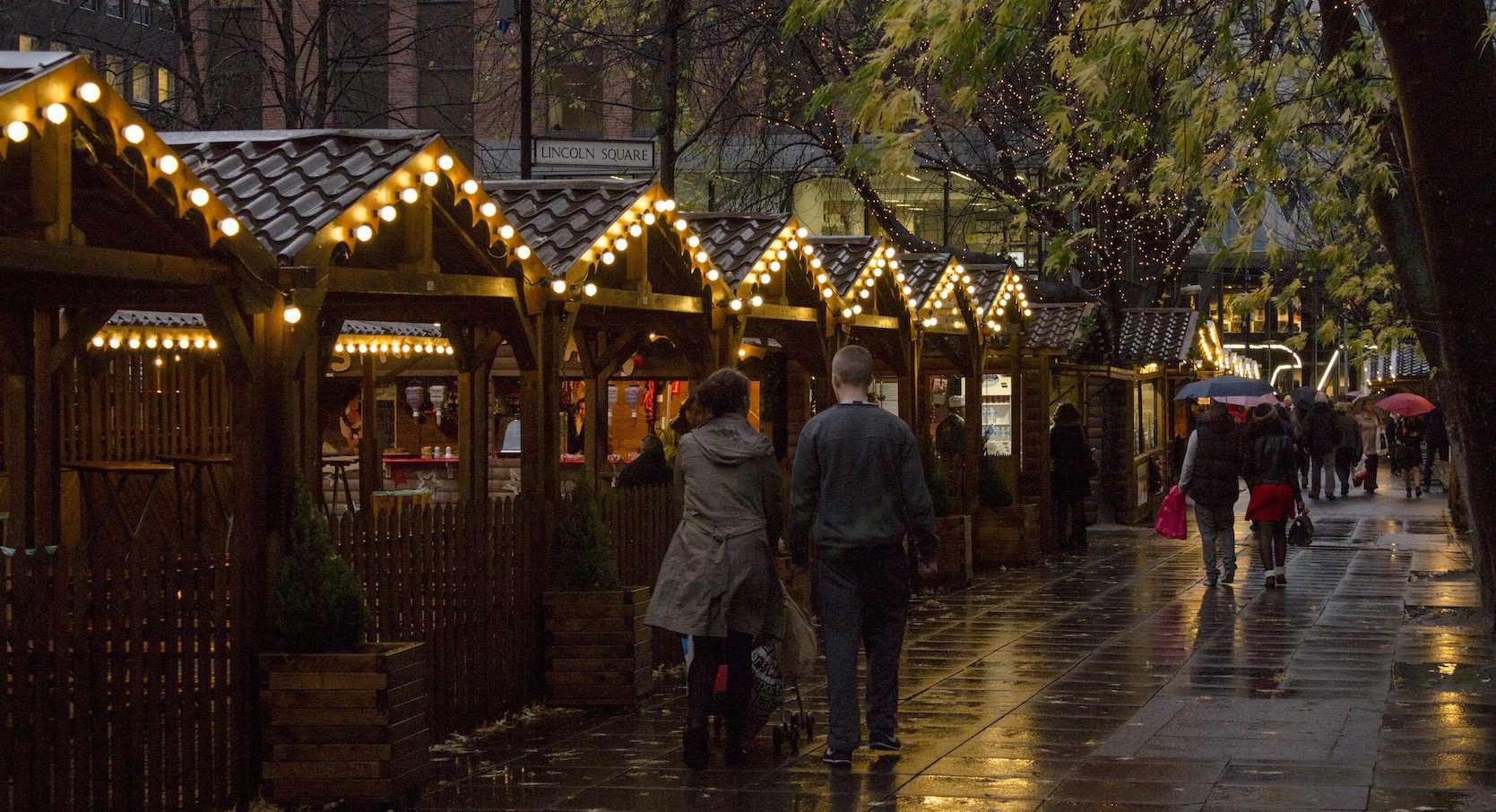
Like most European countries, Germany has four seasons, each having its unique charm and appeal. This means that the best time to visit Germany would ultimately depend on your preferences.
Summer
If you like to participate in outdoor activities and festivities, it is best to visit Germany during its summer months—from June to August. However, take note that this is also the peak season, so there will inevitably be larger crowds, and the commodities tend to be more expensive.
Winter
Meanwhile, if you fancy engaging in winter sports, it is best to visit during the winter months—from December to February. Expect that the quaint German villages will have a snow-capped snow globe-like charm to them. Additionally, prices of accommodations and commodities tend to be lower since the crowds are sparse during the cold winter months. However, take note that many stores are closed down for the winter, except during the days leading up to Christmas. The German Christmas Markets are definitely not to be missed!
Spring and Fall
The shoulder season in Germany falls under both Spring—from April to May—and fall—from September to October. During these months, the weather tends to be milder, the prices of hotels and commodities tend to be lower than in the summer season, and there are also fewer tourists around.
Festivals and Events

Germany is known for having two essential festivals: the Oktoberfest and Christmas Markets.
Oktoberfest is a festival held yearly in Munich that celebrates beer, food, and Bavarian culture, along with some live music and carnival rides for 16 days straight. This world-renowned festival runs from late September to early October, attracting countless visitors from all around the world.
On the other hand, come late November til the end of December, Germany transforms its tranquil towns into a magical winter wonderland, complete with snow-dusted Christmas trees and cobbled lanes. During winter, everywhere you look, you will see festive wooden huts draped in lush Christmas garlands, sparkling string lights, and handcrafted Christmas ornaments and gifts. The delightful smell of roasted nuts, gingerbread, mulled wine, and German sausage hangs around the air as you make your way through the German Christmas markets. Christmas in Germany is truly the jolliest time of the year!
Transportation

Germany boasts an extensive public transportation network comprising of buses, trams, U-Bahn (or subways), and trains. You don’t really need to rely solely on driving cars to get around the area, as Germany’s public transportation system is reliable, efficient, clean, and comfortable to use.
If you want to get to your destination quicker, you should ride ICE Trains, which are speedy but tend to be expensive. On the other hand, regional trains tend to be slower in terms of speed but are much more affordable. But if you are on a tight budget, riding the bus will do as it is the least expensive option. You can even plan your travel using public transportation via apps like Deutsche Bahn or Rome2Rio.
To ensure a hitch-free ride, make sure you always validate your ticket at the machine in the stations before you board the train or bus. And do take note of the schedule of the vehicles as the trains in Germany are very punctual. They arrive on the dot, so it is important for you to arrive at the station early so you won’t miss your train. Lastly, you may need to push a button to open the doors so you can get off at your stop, or may need to alert the driver that your stop is approaching.
Best Places to Visit
Germany has a pocketful of mesmerizing sights, medieval architecture, and landscapes to marvel at. At a glance, here are the best places to add to your itinerary:
City Escapades
Germany’s capital city is one of the top tourist destinations, thanks to its marvelous museums, opulent art, and vibrant culture. This is the best place to appreciate Germany’s striking contrasts, where the past and present intermingle as historical buildings stand alongside modern architecture.
It is Bavaria’s capital, which is known as the home of the world-famous Oktoberfest celebration. If you love beer, you will love Munich’s beer halls, most especially the famed Hofbräuhaus.
This two-millennia-old city is famed for its twin-spired Cologne Cathedral and its gilded medieval reliquary alongside sweeping river views.
Quaint Medieval Towns
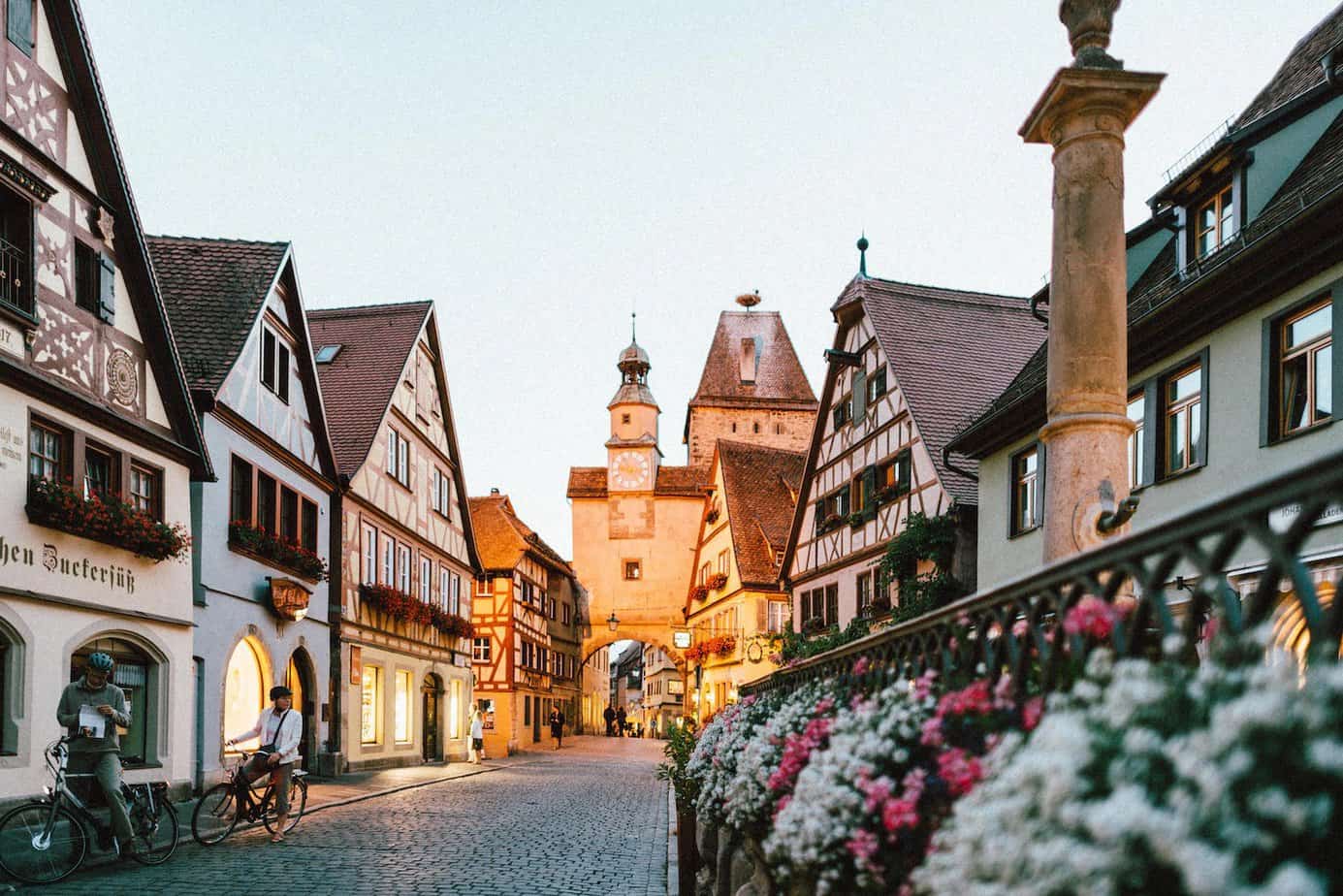
This German town nestled in northern Bavaria is known for its charming medieval architecture. As you walk its cobblestone streets, you’ll be amazed at the panoramic sight of its well-maintained half-timbered houses. Arguably, this is the best medieval town in Germany.
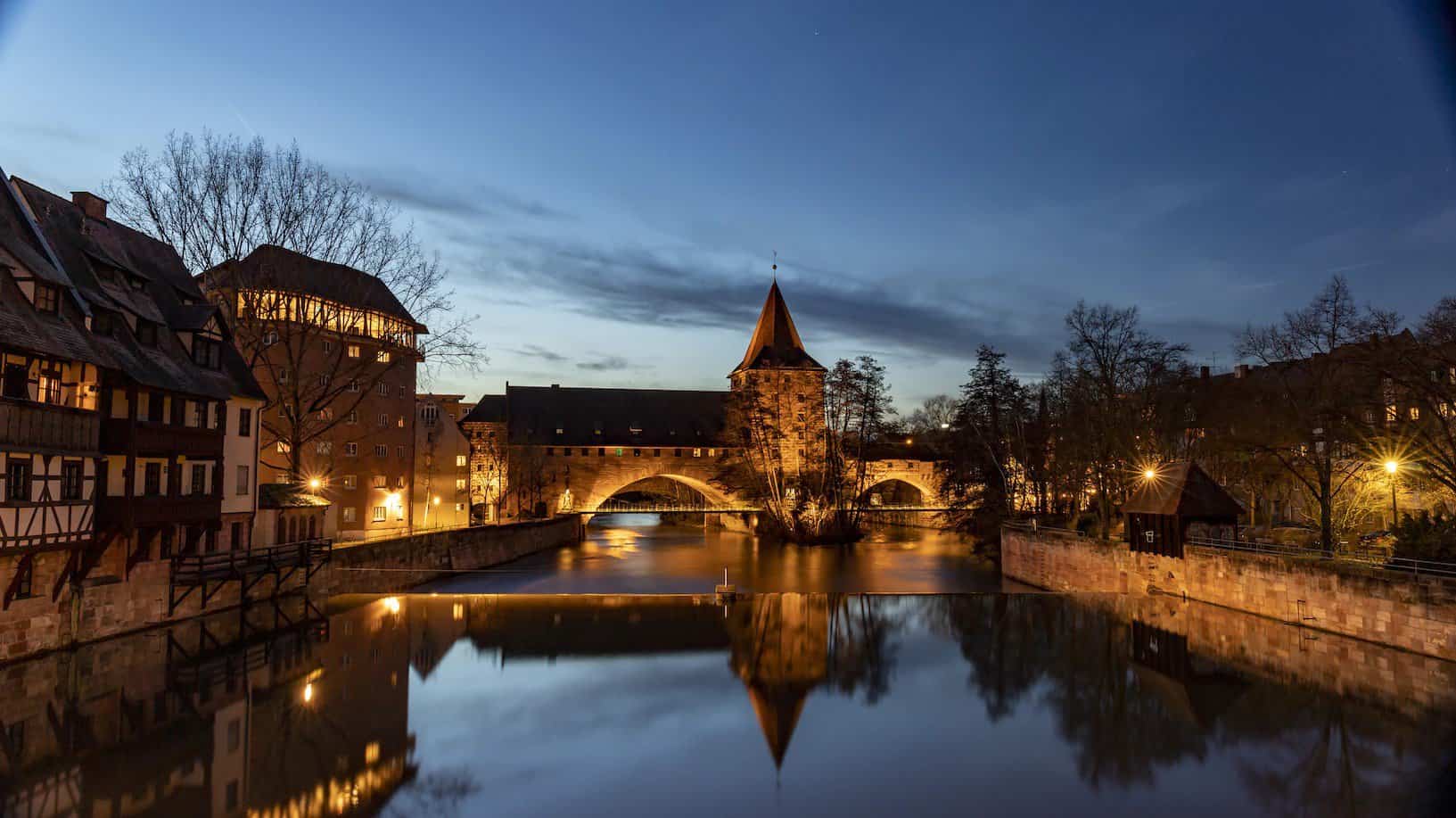
Back in the Middle Ages, the Imperial Castle in Nuremberg was once considered the most important imperial palace in the Holy Roman Empire. For centuries, the Imperial Castle of Nuremberg stood as a secure base and prestigious residence for the head of the Empire.
Charming Fairytale-Like Castles
This fairytale-like castle nestled deep within the Bavarian Alps is one of Germany’s best tourist attractions. It is famously known as the inspiration for the castle design of Disney’s Cinderella. This castle was built by the orders of King Ludwig II of Bavaria, who was infamously known as the “mad King Ludwig.” The ever-so-beautiful castle of Neuschwanstein was supposedly a hideaway for this reclusive mad king.
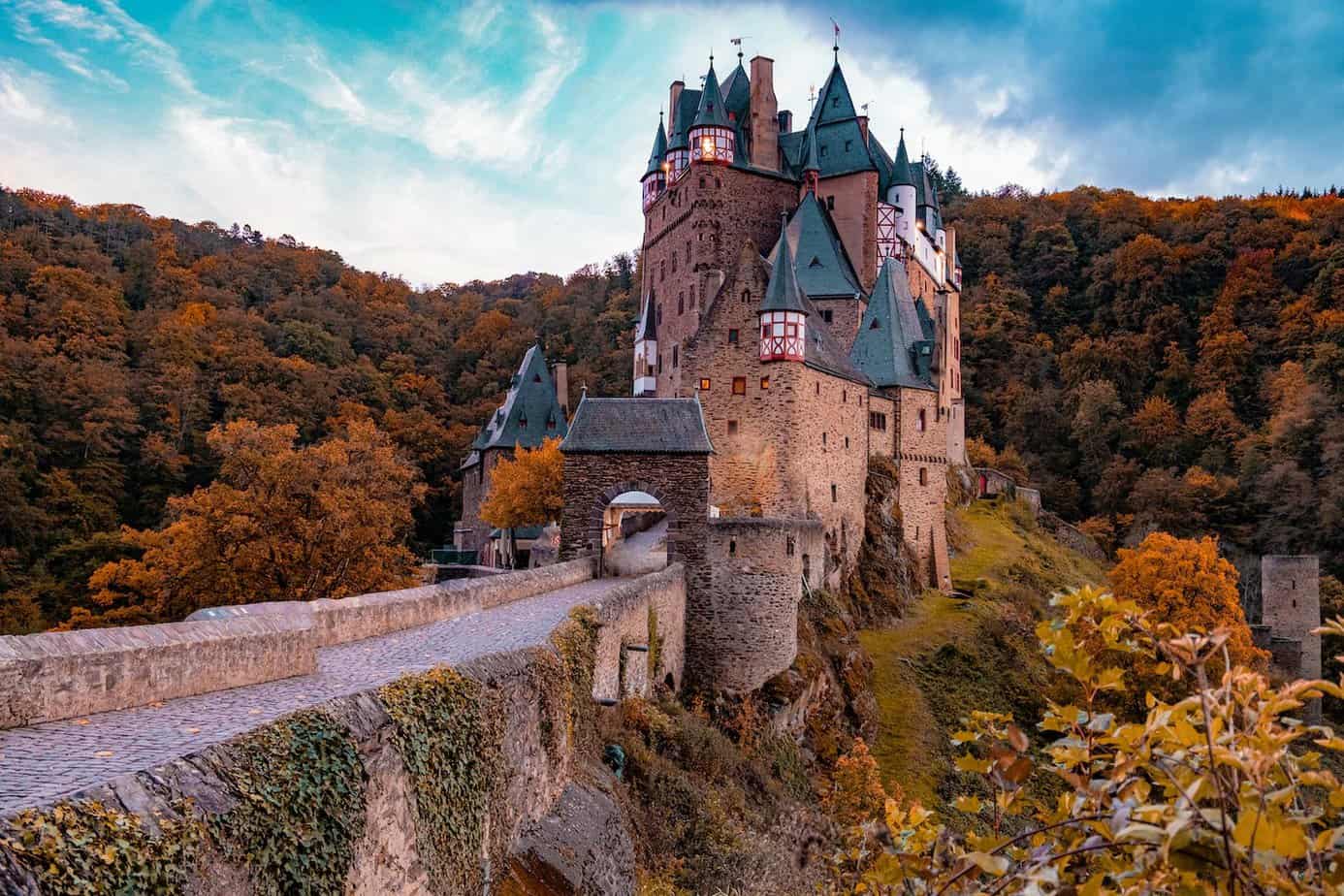
This 1,000-year-old fairy tale castle is nestled at the heart of the hills above the Moselle between Koblenz and Trier. It is among the oldest castles in Germany, and to this day, it is still owned by the House of Eltz, a clan who have lived there since the beginning of the 12th century.
